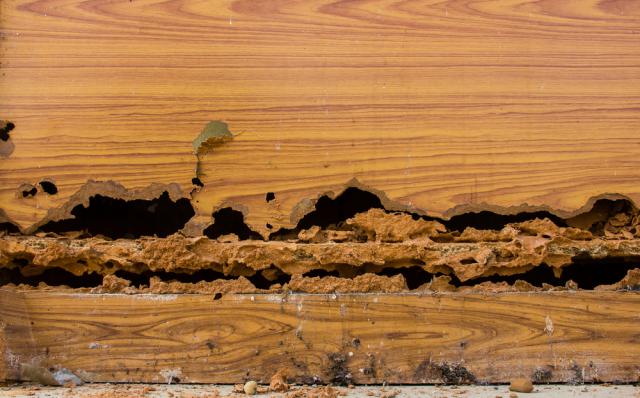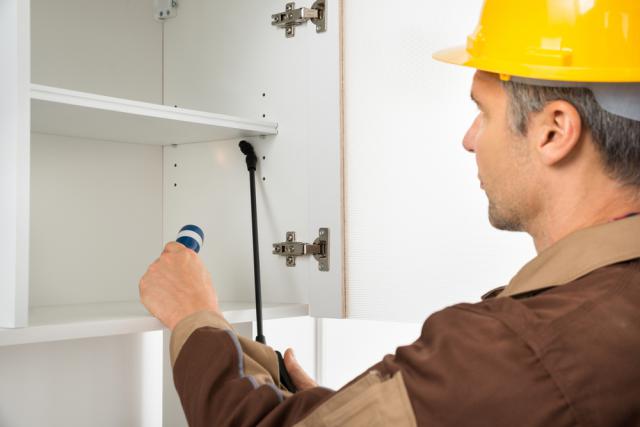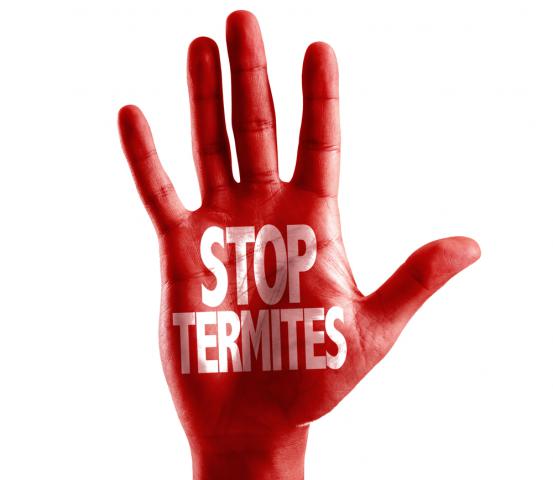Early spring is the termite swarm season. During this period, winged termites look for a nest which often happens to be your home. These destructive pests live on cellulose, a substance found in wood and can cause significant damage to your house structure.
To know more about these pests, what are their favourite places in a house and how to prevent them, keep reading our pest control blog.
1. Roof
Broken tiles in a roof act as a perfect breeding ground for termites.
To avoid this, get the broken tiles repaired. Ensure that your roof isn’t damp. Get it dehumidified if it is.
2. Air Conditioning Unit
Termites love the moist environment. Hence, the air conditioning unit can be a reason why you’re facing termite infestation.
Moisture release from these units majorly causes such issues. To avoid these, ensure that the release isn’t anywhere near your home’s foundation.
3. Attic
There are two things in your attic that can be termite-friendly – the wooden beams and those piles of cardboard boxes filled with family photos and old stuff.
Press your thumb against the timber. If it feels soft/spongy, you need to worry or quickly call a pest control service. Prefer plastic storage boxes to the cardboard ones.
4. Wooden flooring and furniture

Wooden things around your house are like an enormous delicious buffet for termites. They love wood. Wooden flooring gives them easy access to your home and acts as a means to spread the infestation to other places. Dry wood of the furniture is another alluring piece of food.
If you’re planning to build a new home in future, ensure that you have a proper termite barrier laid down. For now, just conduct regular inspections to see if there are signs of infestation. Keep your furniture away from the walls. If you live in an area which faces substantial termite activity, prefer metal furniture to a wooden one.
5. Skirting boards
These are another means in your home that provide a very stable environment to termites.
Regularly check these for any signs. Press your thumb against the skirting boards, see if they’re soft or spongy, and if they’re, act quickly and call for an exterminator.
6. Clothes
We bet no one told you about this! Clothes, especially cotton, have cellulose in them. As we mentioned, cellulose is food for termites.
Go to your laundry room, pick up all the clothes lying on the floor and always make sure that never happens again. Termites can creep into these clothes, and damage not only your clothes but also begin that scary infested phase of your life.
7. Windows, door and cupboards in the kitchen

The built-in cabinets in the kitchen are an excellent food source for the termites. During the swarm season, even your doors and windows are possible culprits to bring you face to face with these pests.
Keep the doors & windows shut during the season (early spring months). Remember how we told you they fly to your house? Keep inspecting the cupboards for any pest activity. We suggest you do it every week during the swarm season. Don’t ignore the signs or you may face heavy damage.
8. Leaky pipes
Here’s another reason why plumbing is so important. A small leak in a pipe can cause tens of problems. One of them is termites.
Get the leaks fixed. Hidden leaks are more dangerous in this case. To inspect for those, analyze your water meter. See if it’s running even when you’re not using any water. If it is, you need a plumber.
9. Garden – tree stumps, mulch, fencing, and decking
Tree stumps can be quickly put into the favourites of these pests. Mulch often has wood in it. Subterranean termites hunt for food via underground tunnels which make the fencing and decking prone to attack
Remove the old tree stumps. Try to use mulch that doesn’t contain wood. Maybe one with rubber or plastic? Use termite-resistant fences. Prefer fences made of metal to wood.

Inspection is necessary
In almost every hotspot we mentioned, we discussed how you need to check for this pest infestation regularly. Although we highly encourage you to keep an eye out for these pests personally, a pest control service can certainly do it better. An annual termite inspection is what we’re referring to. Go for it, to keep your home safe from these dangerous pests.


